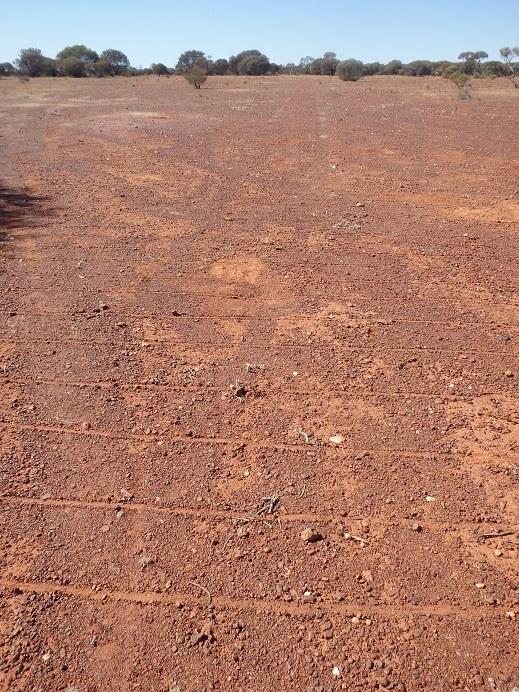We spent about 10 days detecting a flat patch that was miles away from any type of radio transmission. There were no hills or trees, no hot rocks, no rubbish just perfectly flat ground with nothing but fine gold. The SDC worked perfectly when it was still or very little wind but as the wind picked up so did the false signals. Every swing in one direction let out a squeal as the swing ended and another as the opposite swing started. The only way to counter it a bit was to allow the swing to slowly rise well above the ground and then swing down again. It didn't fix the problem but it made it workable because both false signals were more or less while the coil was off the ground.
We were chaining and it just seemed like the last chain mark was metallic. All the retuning and restarting did nothing to help. We discussed it with two others both using the the 7000 and the SDC. They were battling with the same problem but they were both working in a more protected area so their false signals were not as bad as ours.
https://www.prospectingaustralia.com/forum/img/member-images/3960/1449834987_250_nugget_patch.jpg
I came to the conclusion that the strong wind was creating an electrical current, most likely static on the SDC's plastic housing. It had no effect on the ATX in the same conditions. If it had been the usual EMI the ATX would have felt it too even though it can be tuned out if necessary. The wind was so strong that Mrs M was wearing wet weather gear even though it was not very cold.




